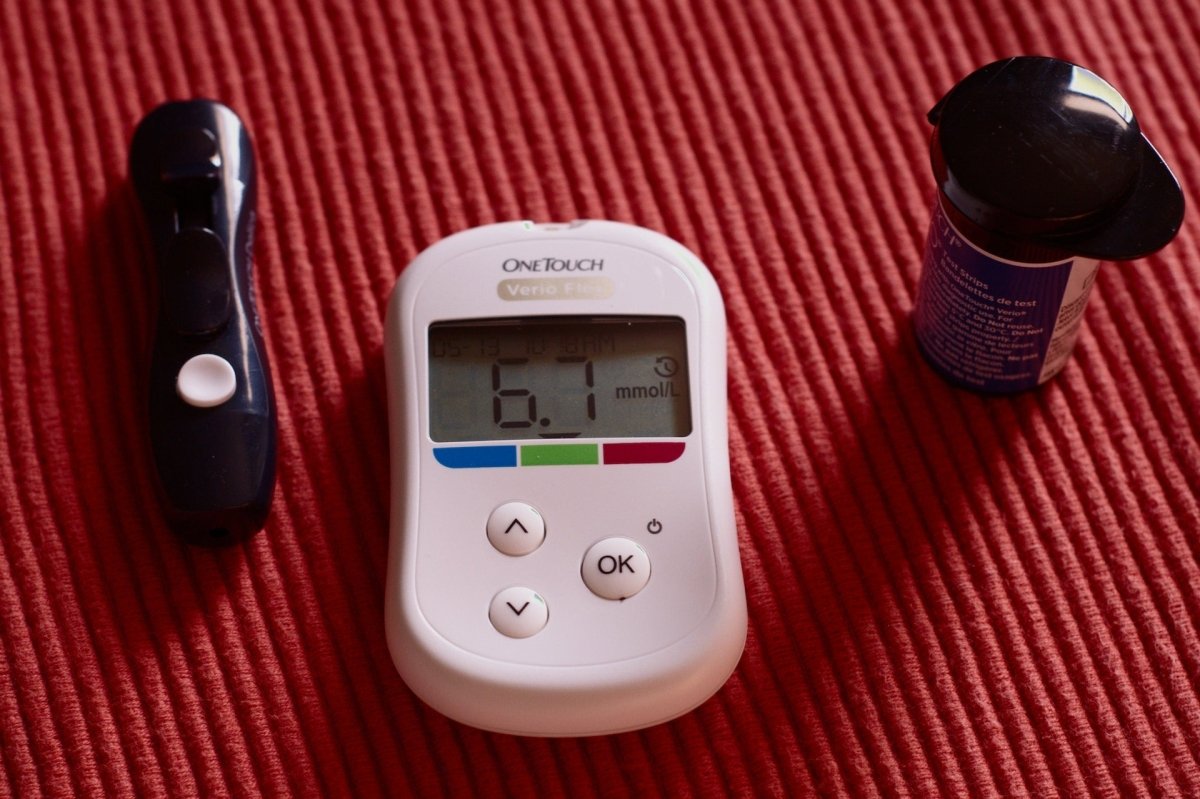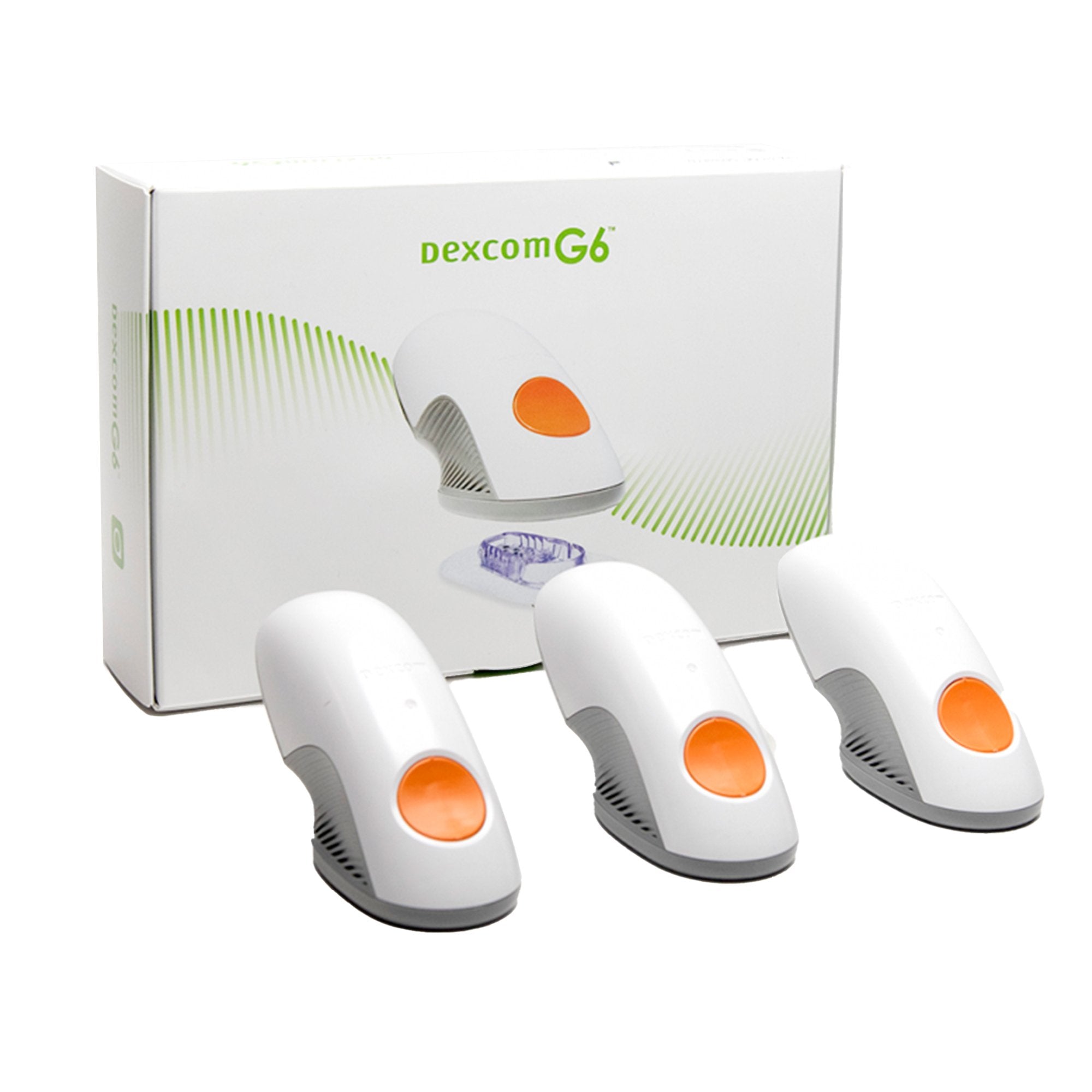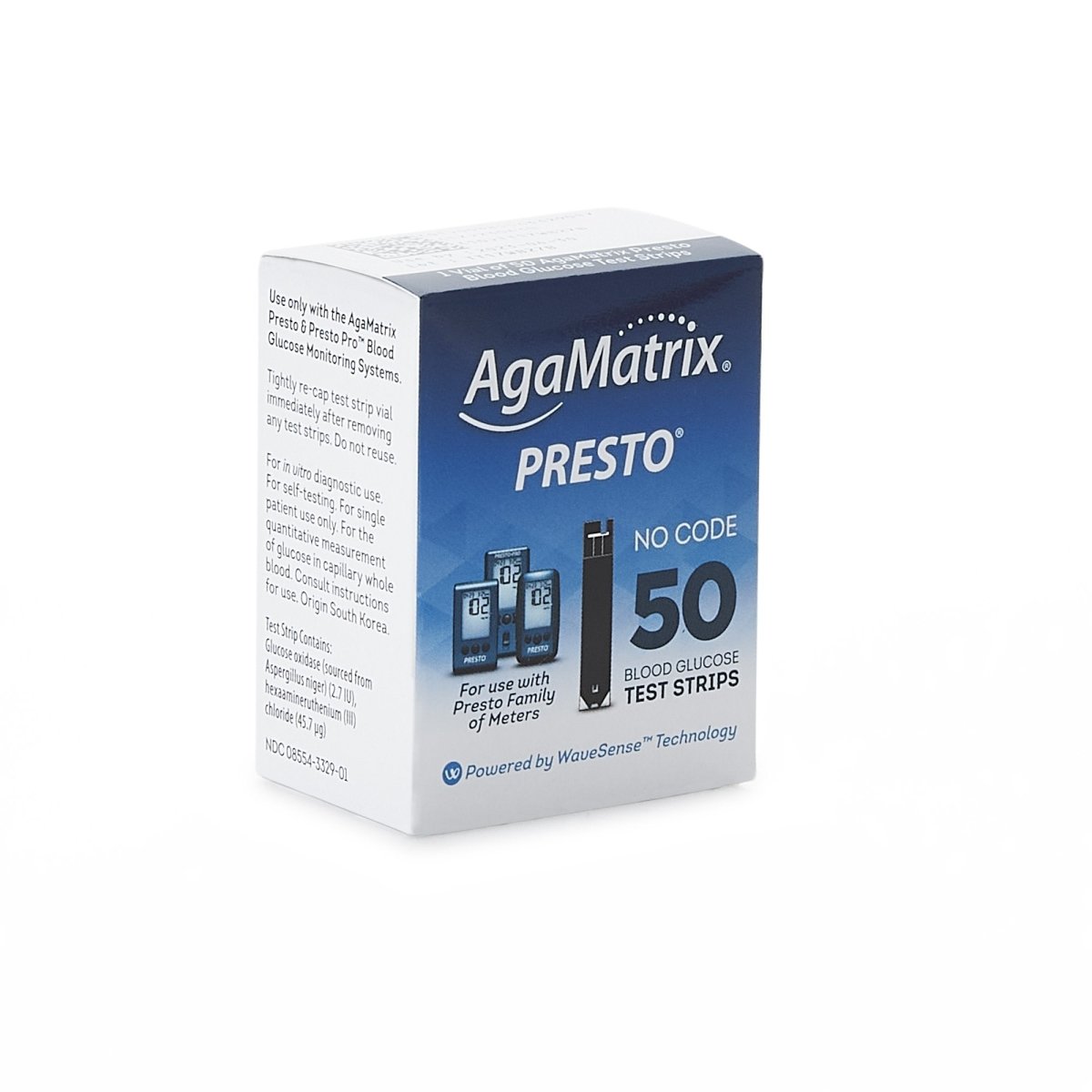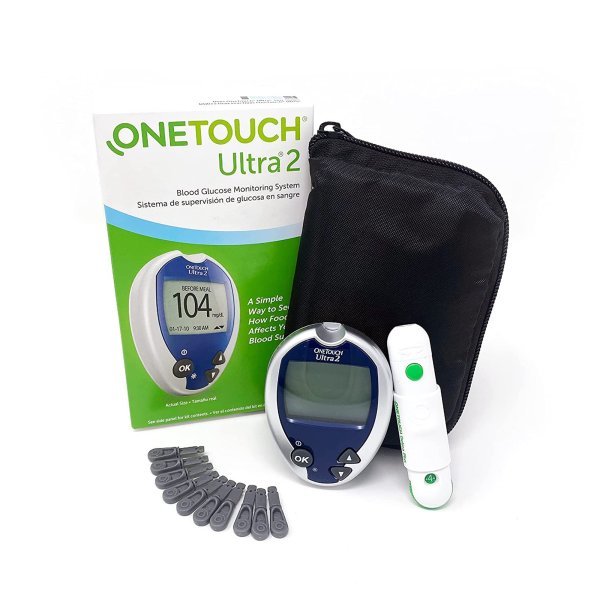Living with diabetes can be a challenging experience. People with diabetes have to monitor their blood glucose levels constantly to ensure that they are within the target range.
For years, the traditional method of monitoring glucose levels has been through frequent finger pricks, which can be painful, inconvenient, and often inaccurate.
However, with the development of Continuous Glucose Monitoring (CGM) technology, people with diabetes can now monitor their glucose levels continuously and more accurately.
Improved Glycemic Control
CGM has been shown to improve glycemic control in people with diabetes.
A study published in the Journal of Diabetes Science and Technology showed that patients who used CGM had better glycemic control compared to those who used traditional methods of monitoring glucose levels.
The study found that CGM users had lower A1C levels, which is a measure of average blood glucose levels over the past two to three months. This is because CGM provides real-time data, allowing people with diabetes to adjust their insulin doses and dietary intake accordingly.
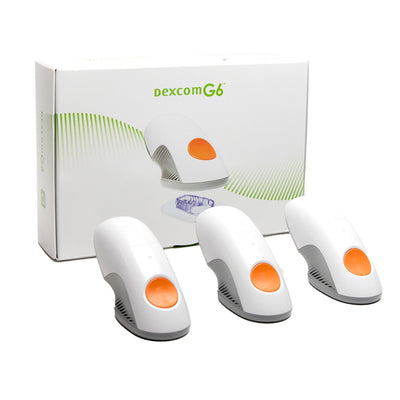
Reduced Hypoglycemia
Hypoglycemia, also known as low blood sugar, can be a dangerous condition for people with diabetes. With traditional methods of monitoring glucose levels, hypoglycemia can be difficult to detect, especially during sleep.
However, a CGM provides real-time data, alerting people with diabetes when their glucose levels are dropping and allowing them to take action before the condition becomes severe.
A study published in Diabetes Care found that the use of CGM reduced the incidence of hypoglycemia in people with type 1 diabetes.
Increased Time in Range
Time in range refers to the amount of time that a person’s glucose levels are within the target range. CGM has been shown to increase the amount of time that people with diabetes spend in the range.
A study published in The Lancet Diabetes & Endocrinology found that people with type 1 diabetes who used CGM spent an average of 73.7 percent of their time in range, compared to 59.9 percent of their time in range for those who used traditional methods of monitoring glucose levels.
This is because CGM provides real-time data, allowing people to adjust their insulin doses and dietary intake accordingly, keeping their glucose levels within the target range.
Better Quality of Life
CGM has been shown to improve the quality of life of people with diabetes. Traditional methods of monitoring glucose levels can be time-consuming and inconvenient, requiring frequent finger pricks.
CGM eliminates the need for frequent finger pricks, allowing people to monitor their glucose levels more easily and with less interruption to their daily routine.
A study published in Diabetes Technology & Therapeutics found that people with type 1 diabetes who used CGM reported a better quality of life compared to those who used traditional methods of monitoring glucose levels.
Improved Diabetes Management
CGM can provide valuable data to healthcare professionals, allowing them to make more informed decisions about diabetes management. CGM data can be used to adjust insulin doses, dietary recommendations, and medication regimens, leading to better diabetes management and improved health outcomes. A study published in Diabetes Technology & Therapeutics found that the use of CGM in people with type 1 diabetes led to better diabetes management and improved glycemic control.
Prevention of Long-Term Complications
Poor glycemic control can lead to long-term complications such as kidney disease, neuropathy, and retinopathy. CGM can help prevent these complications by providing real-time data, allowing people with diabetes to adjust their insulin doses and dietary intake accordingly, keeping their glucose levels within the target range. A study published in Diabetes Care found that the use of CGM in people with type 1 diabetes reduced the incidence of retinopathy.
Final Thoughts
Continuous Glucose Monitoring is a valuable tool for people with diabetes. It provides real-time data, allowing people to adjust their insulin doses and dietary intake accordingly, improving glycemic control, reducing hypoglycemia, increasing time in range, and improving the quality of life of people with diabetes. CGM data can also be used by healthcare professionals to make more informed decisions about diabetes management, leading to better health outcomes and the prevention of long-term complications. Overall, CGM is an important technology that has the potential to improve the lives of millions of people with diabetes.
Monitor your glucose levels with the help of Cart Health. We make it easier for you to find the diabetes care products you need at prices you can afford. We also provide custom-tailored product suggestions to help you live your life. Shop now!

